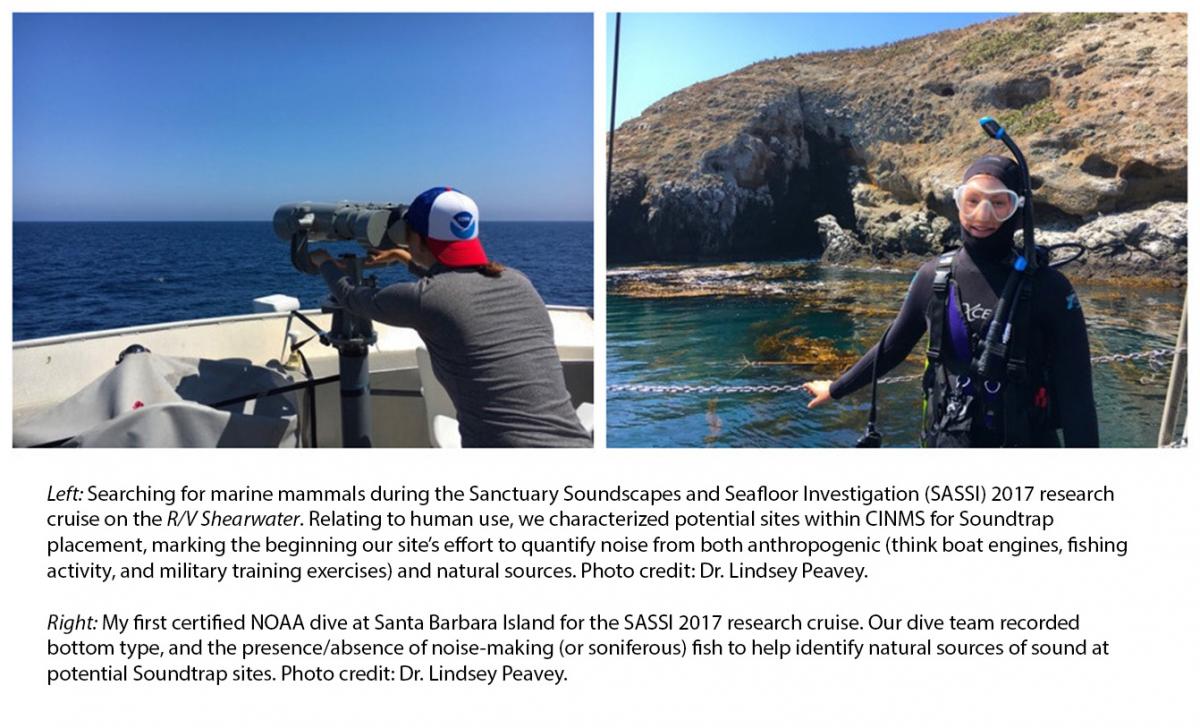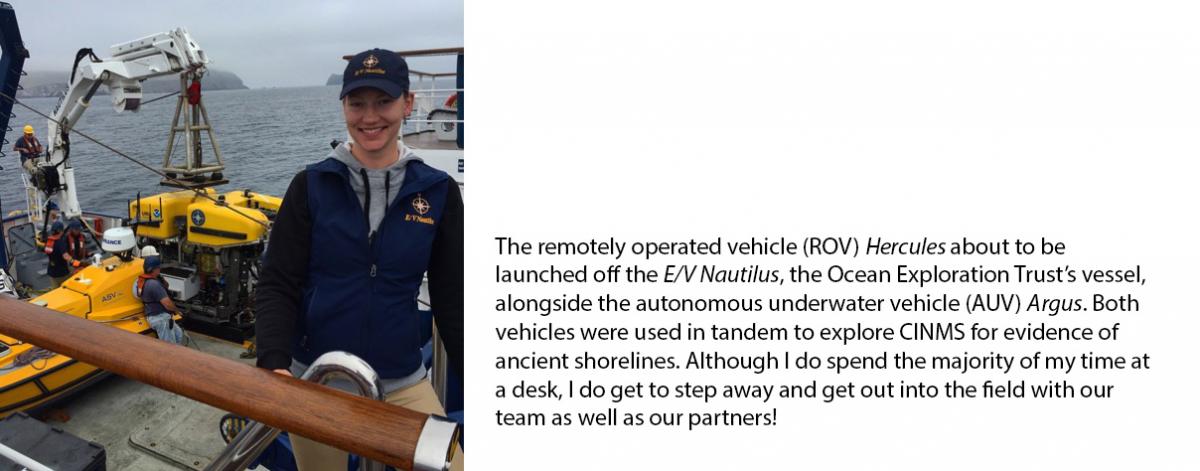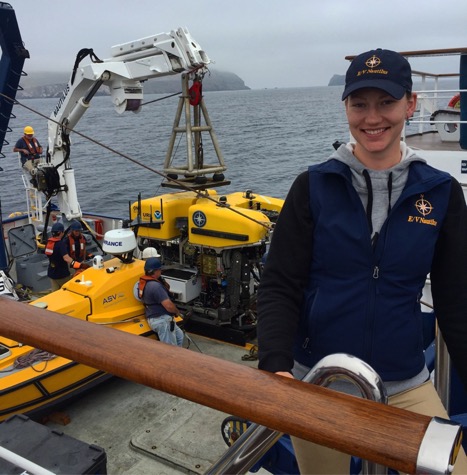What is a National Marine Sanctuary to you? Common notions regarding sanctuaries from students in local school districts include: totally off-limits and/or closed to tourists, fishing, and other leisure. However, this is simply not true!
Sanctuaries are protected to preserve them for the use by future generations
Yes, Sanctuaries like the Channel Islands National Marine Sanctuary (CINMS) are protected, but within their boundaries both commercial and recreational fishing flourish, as well as tourism activities such as:
- Diving/snorkeling
- Boating
- Paddle sports
- Surfing
- Wildlife viewing
- Tidepooling
- Sightseeing
- Stewardship
A core mission of the Office of National Marine Sanctuaries (ONMS) is to protect the health of marine resources while also balancing sustainable ocean use by stakeholders – like, you! ONMS even hosts a ‘Get into Your Sanctuary Day’ to raise awareness about the value of your Sanctuaries as destinations for responsible recreation1. There are limitations in place to safeguard these special ecosystems, though, which are aimed at reducing impacts from human disturbance (like drilling for oil/gas). To accomplish its mission, the CINMS Research Team must work very closely with our Resource Protection Team. This is where science and policy intersect!

To ensure that our National Marine Sanctuaries thrive, we monitor both marine resources as well as human use
As a part of the CINMS Research Team, I’ve learned that research and monitoring are critical parts of protecting a sanctuary; without understanding the status of the resources we’re tasked with protecting, we can’t effectively manage them. And, since human use is encouraged within Sanctuaries, it’s imperative to monitor our use as well.
To date, my fellowship has revolved around the process of teasing apart and quantifying the various forms of human use within CINMS. One piece of the puzzle I’m investigating is commercial fishing via Vessel Monitoring System (VMS) data. As you can imagine, this type of use directly affects living marine resources through take, but also potentially indirectly impacts other non-targeted resources via sound pollution. And, as one of the main forms of use within the Sanctuary, a better understanding of fishing pressure overall will tie into and improve many other of our concurrent projects, like informing the values assigned to the ecosystem services that CINMS provides to stakeholders; another important part of our team’s work in addition monitoring.
In summary, Sanctuaries exist to protect exceptional places which, in turn, ensures we get to use them indefinitely if we do so in a sustainable way!
Written by Elizabeth Duncan





